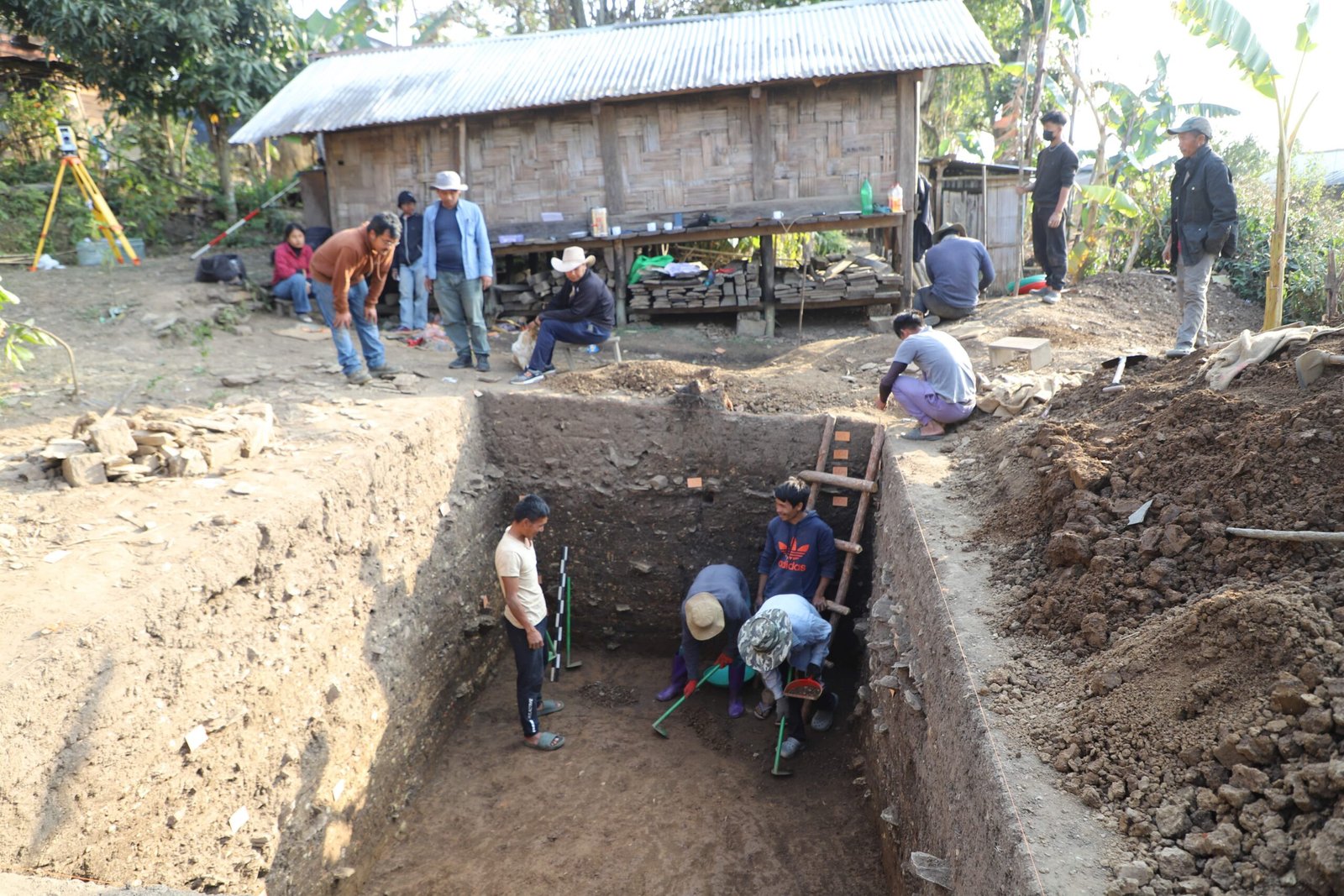Inside BENEO’s new pulse plant: pioneering sustainable protein from faba beans
Funded by Australian Research Council, the researchers are collaborating with the University of Sydney, La Trobe University, University of York, and the Birbal Sahni Institute of Palaeosciences in Lucknow
Nagaland University is conducting archaeological research of Prehistoric Life of Naga communities, seeking climate change mitigation strategies that can aid in providing food security in the present in Nagaland. This study covers Holocene and Anthropocene geological time periods.
The researchers are working with indigenous populations and are actively engaging in community-based participatory research to respect the heritage and traditional knowledge of Indigenous communities associated with Naga ancestral sites,. These practices not only acknowledge local ownership rights but deeply enrich the scientific inquiry.
The core of this project is archaeology and palaeoclimate research towards establishing a basic understanding of the history of Naga life from the earliest times to the recent past. To date, little work has been done in this field and the story of the deep Naga past is fragmentary, lacking details and a well-dated chronology.
The team is studying two kinds of sites – Prehistoric sites where they hope to find clues to the pre-agricultural past and the Naga ancestral village sites, mostly lying beneath modern village settlements. These ancestral sites represent pre-colonial indigenous occupation and serve as a collective memory for groups of descent, for example, as part of narratives of group migrations from prominent sites of dispersal.
This community-driven multi-disciplinary study is funded for four years (2025-2028) by the Australian Research Council, a Commonwealth organisation within the Australian Government. It is a collaboration between Nagaland University, University of Sydney, La Trobe University, University of York and the Birbal Sahni Institute of Palaeosciences, Lucknow, with the local government support from the Department of Art and Culture, Government of Nagaland.
The outcomes of this project will include targeted information for the communities in which the team works, a large number of scientific publications, and wide-ranging community dissemination of key recommendations for actions towards sustainability across Nagaland.
This project is being led by a team of researchers headed by Prof Tiatoshi Jamir, Department of History and Archaeology, Nagaland University and includes Dr Anil Pokharia, Birbal Sahni Institute of Palaeosciences, Prof Alison Betts, University of Sydney (Australia), Dr Rebecca Hamilton – University of Sydney (Australia), Dr Nicholas Fuller, University of Sydney (Australia), Dr Michael Spate, La Trobe University (Australia), Dr Hayley Saul, University of York (UK) and Dr Oliver Craig – University of York (UK).
Prof Alison Betts, The University of Sydney, said, “We work with communities to uncover the deep history of their villages, to see how their food systems have changed through time and to identify any past adaptations they may have made to altered climatic conditions. Using this knowledge and wider scientific studies, our research will include suggestions and advice that may assist Indigenous communities towards further adaptation in the face of an increasingly environmentally unstable future.”
Prof Tiatoshi Jamir, Department of History and Archaeology, Nagaland University, further adds, “We have already conducted a pilot study at the village of Langa (Shamator District). Langa was abandoned at some point in the historical past and has only recently been reoccupied. The village elders provided their own oral history of the first establishment and the reasons for abandonment. Excavations have uncovered the remains of an earlier village settlement. As part of our work targeted towards public outreach, we have produced a short community archaeology film documenting the traditional oral history of the village and the archaeology of this ancestral site with the collaborative efforts of the local communities of Langa, Kuthur, and Yimkhiung Tribal Council (YTC). Further study of a similar nature is also on-going at New Phor (Burakha), Meluri District with the support of the local community of New Phor and Pochury Hoho.”
Archaeological research will be paired with fieldwork to reconstruct thousands of years of environmental change. Mapping shifts in ancient economic practices to climatic sequences will show how people have responded in the past to challenges of fluctuating climatic conditions.
Team members will study the residues of ancient pottery to determine past culinary practices. Soil studies will recover phytoliths, unique microscopic silica bodies formed in vegetation that can indicate the presence of identifiable plant species. Charred plant remains will provide samples for radiocarbon dating to establish a historical timeline of change and development. The nutritional value of the various elements of the Naga diet will be studied to examine the health implications of traditional techniques for preserving foods.

